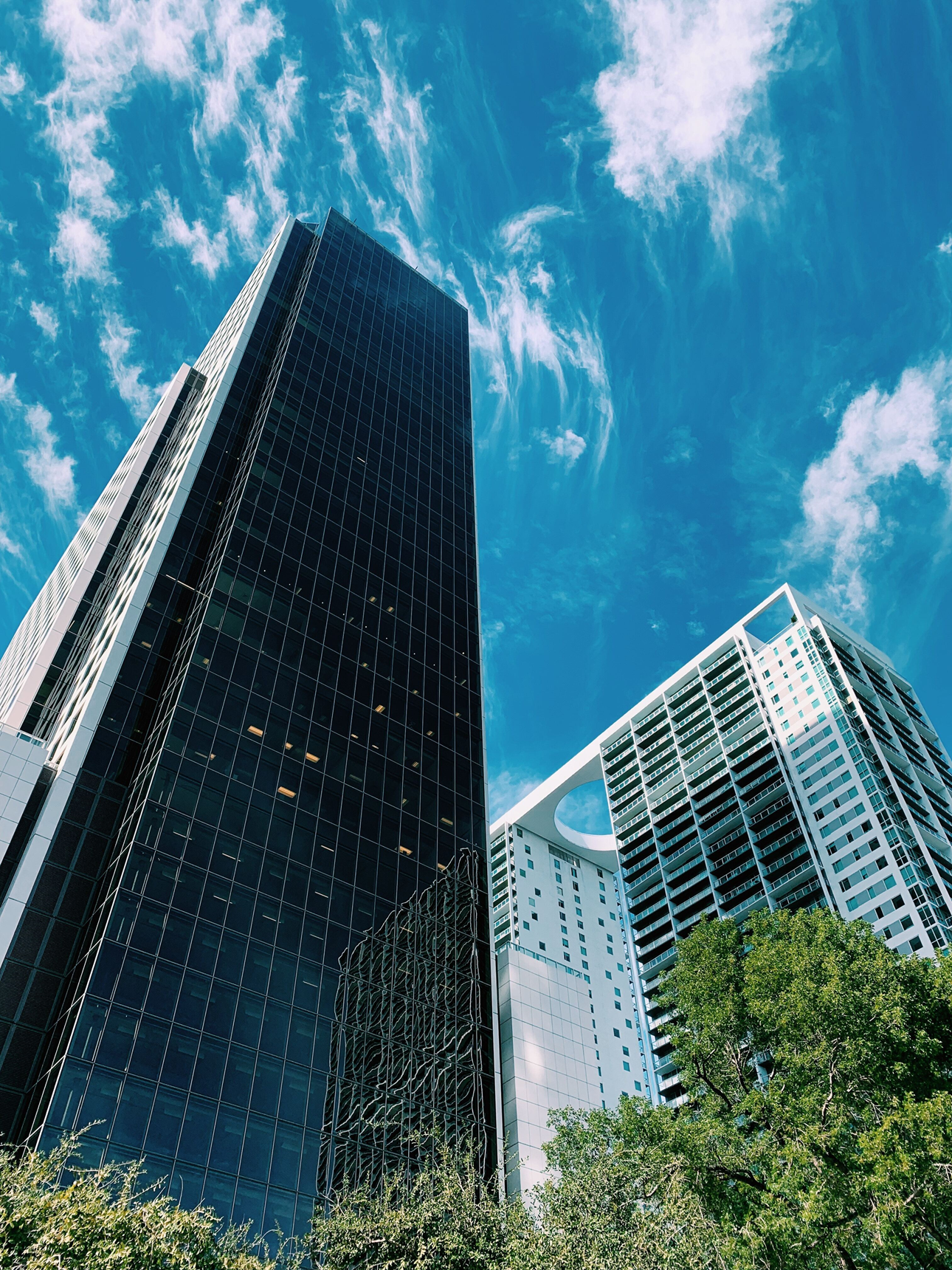State of Green: Greenprint Performance Report, Volume 14

The global real estate industry continues to progress toward net zero despite an uncertain economic environment. Factors including government regulations, investor and tenant demands, new sources of capital and financial incentives, and physical and transitional climate risks are strengthening the business case and building global momentum on climate action. In addition to reducing operational carbon emissions, real estate recognizes that it must also tackle embodied carbon—the emissions arising from the manufacturing, transportation, installation, maintenance, and disposal of building materials. Measuring and reducing embodied carbon requires a whole-of-industry approach. The construction supply chain is creating lower-carbon materials and adopting environmental product declarations (EPDs) to communicate materials’ relative amount of embodied carbon. Developers are working with architects and engineers to conduct life cycle analyses and understand the environmental impact of various building design and material choices. Governments are rolling out policies that result in embodied-carbon reductions, and more are sure to follow. State of Green: Greenprint Performance Report, Volume 14 presents the data and analytics behind ULI Greenprint’s decarbonization progress, including for the first-time embodied carbon data.
The global annual benchmark shows:
- Though a dizzying mix of market and other forces were at play, including an ongoing pandemic recovery and global conflicts destabilizing energy prices and transitions, whole-building energy consumption and carbon emissions reduced from 2021–2022
- Whole-building carbon emission reductions reflected the continued growth in renewable energy investments. Data from companies committed to ULI Greenprint’s Net Zero by 2050 Goal indicates that off-site renewable energy purchasing likely has a large part to play in this shift.
In 2022, the collective Greenprint community – covering 120+ companies and 16,500+ properties – reported:
- Carbon emissions: 6.6% reduction
- Energy use: 1.6% reduction
- Water use: 1.0% reduction
- Waste diversion: 0.2% reduction
Read the full report to learn more about why real estate companies continue to make strides toward decarbonizing the built environment.
Watch the webinar here: State of Green: Leading Real Estate Voices on the Business Case for Sustainability.
Report Summary: The global real estate industry continues to progress toward net zero despite an uncertain economic environment. Factors including government regulations, investor and tenant demands, new sources of capital and financial incentives, and physical and transitional climate risks are strengthening the business case and building global momentum on climate action. In addition to reducing operational carbon emissions, real estate recognizes that it must also tackle embodied carbon—the emissions arising from the manufacturing, transportation, installation, maintenance, and disposal of building materials. Measuring and reducing embodied carbon requires a whole-of-industry approach. The construction supply chain is creating lower-carbon materials and adopting environmental product declarations (EPDs) to communicate materials’ relative amount of embodied carbon. Developers are working with architects and engineers to conduct life cycle analyses and understand the environmental impact of various building design and material choices. Governments are rolling out policies that result in embodied-carbon reductions, and more are sure to follow. State of Green: Greenprint Performance Report, Volume 14 presents the data and analytics behind ULI Greenprint’s decarbonization progress, including for the first-time embodied carbon data.
The global annual benchmark shows:
- Though a dizzying mix of market and other forces were at play, including an ongoing pandemic recovery and global conflicts destabilizing energy prices and transitions, whole-building energy consumption and carbon emissions reduced from 2021–2022
- Whole-building carbon emission reductions reflected the continued growth in renewable energy investments. Data from companies committed to ULI Greenprint’s Net Zero by 2050 Goal indicates that off-site renewable energy purchasing likely has a large part to play in this shift.
In 2022, the collective Greenprint community – covering 120+ companies and 16,500+ properties – reported:
- Carbon emissions: 6.6% reduction
- Energy use: 1.6% reduction
- Water use: 1.0% reduction
- Waste diversion: 0.2% reduction
Read the full report to learn more about why real estate companies continue to make strides toward decarbonizing the built environment.
Watch the webinar here: State of Green: Leading Real Estate Voices on the Business Case for Sustainability.


